Six Japanese robots that care for an ageing population
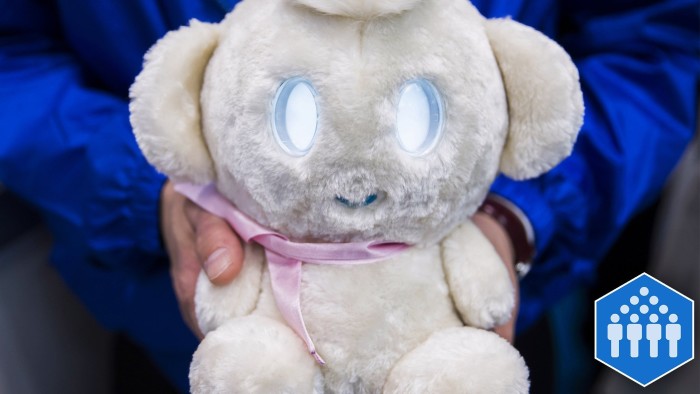
Roula Khalaf, Editor of the FT, selects her favourite stories in this weekly newsletter.
The world’s population of older people is growing at an unprecedented rate. Some 8.5 per cent of the global population is aged 65 or over, and the percentage could reach 17 per cent by 2050, says the US National Institute on Aging. Caring for the elderly will be a key challenge.
Japan, with a quarter of the population already over 65, is at the sharp end of this trend. It has experimented extensively with using robots to take on mundane tasks in care homes. These are the six Japanese care robots that the rest of the world should watch.
Hug
Fuji Machine Manufacturing, Aichi prefecture
Mobility Support
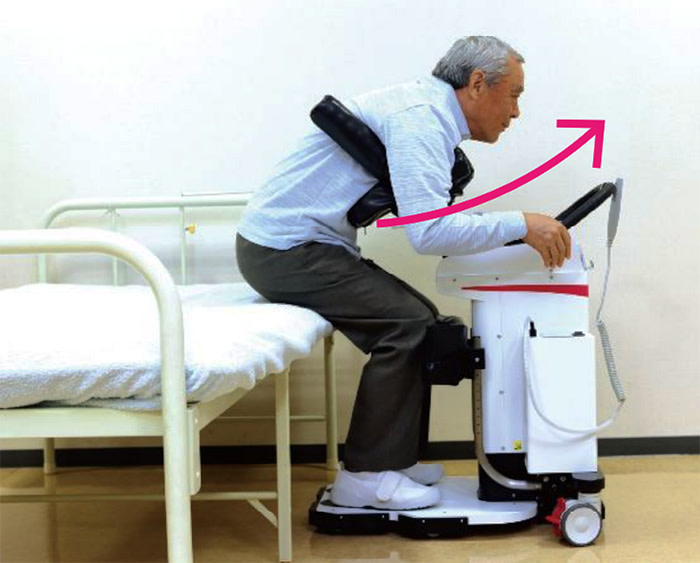
Hug relieves care workers of arduous and repetitive tasks such as helping patients on to their feet or moving them from bed to wheelchair. The emphasis is on finding a solution that requires the least third-party assistance and set-up. Hug is innovative in that it responds to the strength of individual users and adds to that.
Robohelper Sasuke
Muscle, Osaka prefecture
Helps to lift a person from bed to wheelchair
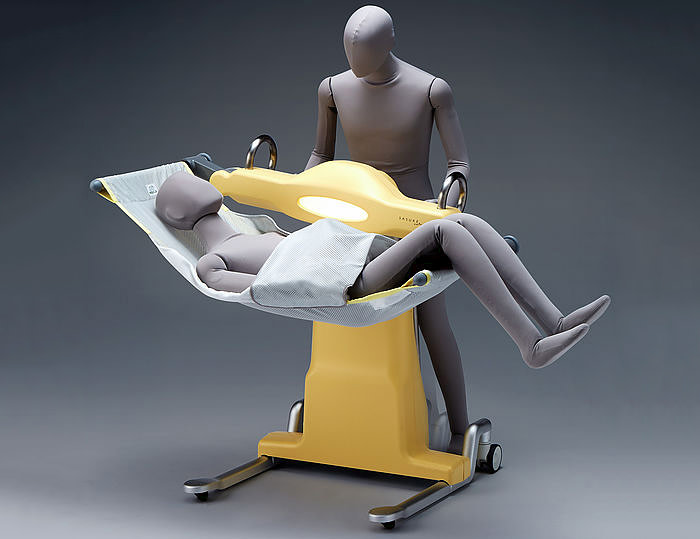
Robo-helper Sasuke uses a different approach to Hug, above. Described as “a motor with a brain”, it is designed for more infirm patients. It lifts a person via a sheet that it manoeuvres beneath the patient.
Tree
Reif, Fukuoka prefecture
Rehabilitation assistant
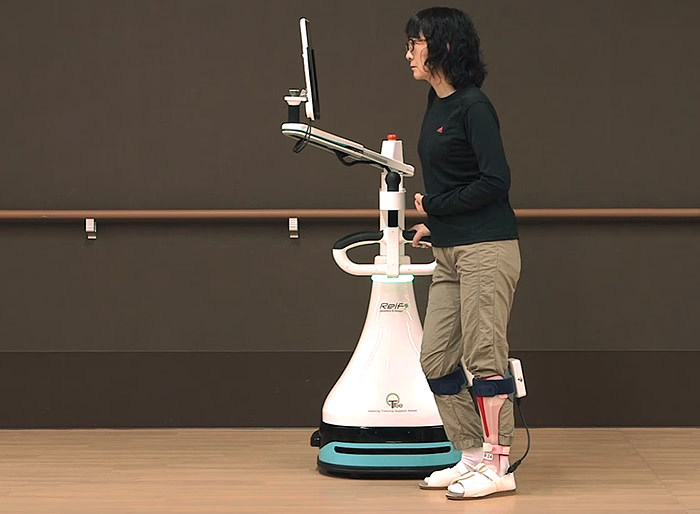
Tree takes the need for human assistance out of the process of rehabilitation. It uses responsive audio-visual instructions to work with the patient to help them make progress.
My Spoon
Secom Medical System, Tokyo
Eating assistance
This is a robot arm with a spoon and fork that lets a patient eat a meal without third-party assistance. It responds to instructions from the patient delivered via the chin, and can be operated in either manual, semi-automatic or automatic mode.
Muscle Suit
Innophys, Tokyo
Carer assistance
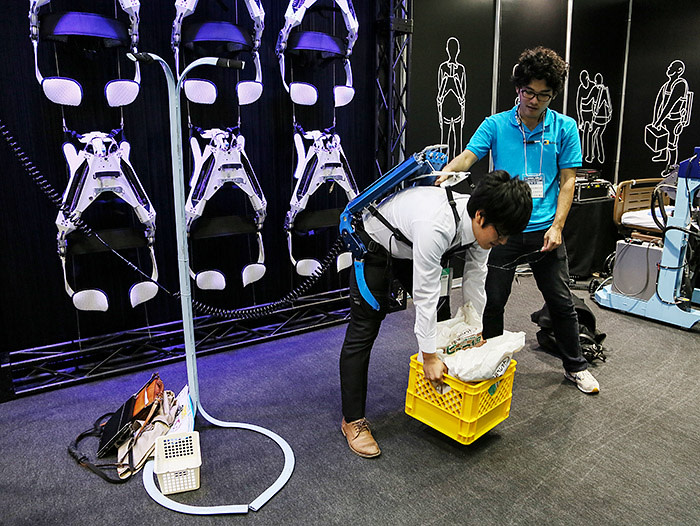
This wearable exoskeleton helps a person lift people or objects. Its artificial muscles use air pressure to deliver extreme strength. The company behind it was spun out from Tokyo University of Science.
Chapit
Raytron, Osaka
Hands-free communication robot
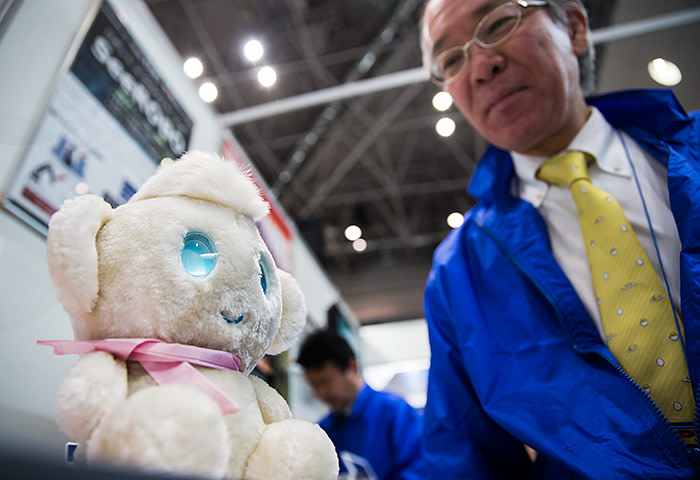
Chapit recognises a human voice even in a noisy environment and understands more than 500 words. It can operate 200 kinds of remote controllers for various home electric appliances.
50 ideas to change the world
We asked readers, researchers and FT journalists to submit ideas with the potential to change the world. A panel of judges selected the 50 ideas worth looking at in more detail. The first tranche of 10 ideas are about meeting the challenges of a growing world population. The next 10 ideas, looking at solutions for growing energy and resource needs, will be published on January 8, 2018.
- Superfast land travel
- Urban congestion
- Translation technologies
- Six Japanese care robots to watch
- Toilet technologies
- Revolutionising reproduction
- Family planning
- Precision farming to save water and fertiliser
- Finding alternatives to meat

Comments